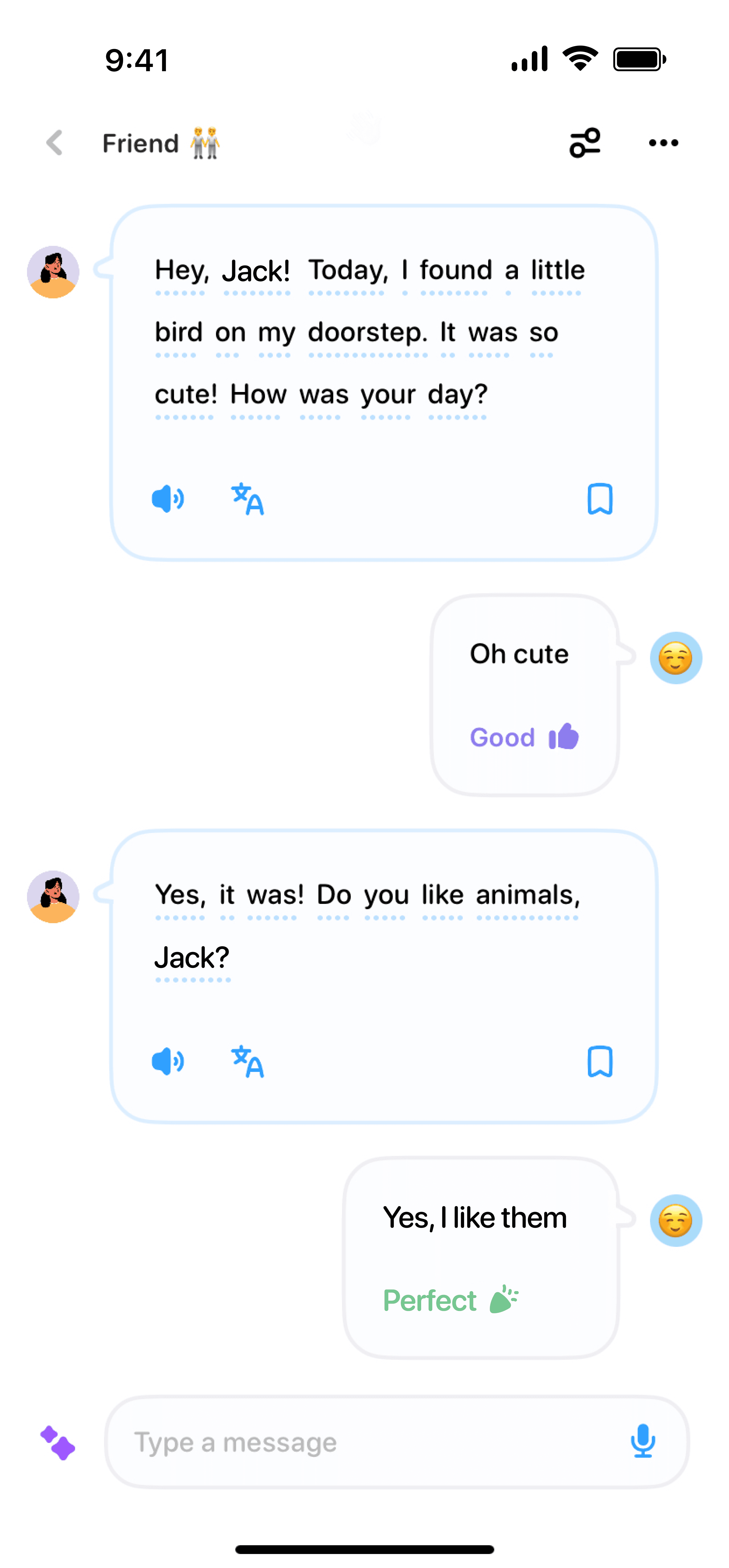06/16/2024
·
Emma Robbie
Are you looking for a unique and fun way to learn Spanish? Why not combine language learning with hands-on creativity? By learning Spanish through craft activities, you'll engage multiple senses, making it easier to remember new vocabulary and phrases. Plus, you'll have lots of fun along the way!
Why Learn Spanish with Craft?
Combining Spanish learning with crafting offers numerous benefits. Let's explore some of them:
Multisensory Learning: Engaging your hands while learning helps reinforce the language through tactile memory.
Contextual Vocabulary: Craft activities provide a natural context for learning specific vocabulary related to materials, actions, and outcomes.
Creativity Boost: Crafting allows you to express yourself creatively while learning new words and phrases.
Interactive Environment: Craft sessions can be social, fun, and interactive, making learning less of a chore and more of an enjoyable experience.
Getting Started: Basic Craft Vocabulary in Spanish
Before diving into your first craft project, let's learn some basic Spanish vocabulary related to crafting:
Papel (Paper)
Tijeras (Scissors)
Pegamento (Glue)
Pintura (Paint)
Pincel (Paintbrush)
Cartón (Cardboard)
Hilo (Thread)
Aguja (Needle)
Craft Activities to Learn Spanish
Now that you have some vocabulary under your belt, let's look at some engaging craft activities that can help you learn Spanish:
1. DIY Greeting Cards
Creating greeting cards is a great way to practice Spanish. Start with a simple "Feliz Cumpleaños" (Happy Birthday) card. As you progress, you can make cards for various occasions such as "Feliz Navidad" (Merry Christmas) or "Gracias" (Thank You).
Focus on writing short messages in Spanish on each card. This will help you practice sentence structures and common phrases. Plus, making personalized cards can be a thoughtful way to connect with Spanish-speaking friends and family.
2. Scrapbooking in Spanish
Scrapbooking is another excellent craft for language learning. Gather your photos, ticket stubs, and other memorabilia and create a scrapbook page about your day or a special event. Label the items in Spanish, such as "foto" (photo), "entrada" (ticket), and "recuerdo" (souvenir).
Describe the event in Spanish sentences, challenging yourself to use new vocabulary and practice grammar. This visual and hands-on activity helps retain new words and make connections between images and text.
3. Upcycled Crafts
Give old items a new life by upcycling them into something useful or decorative. Create a flower vase from a plastic bottle or make a picture frame out of cardboard.
As you work on your project, label the materials and steps in Spanish. For example, "Corta la botella" (Cut the bottle) or "Pinta el cartón" (Paint the cardboard). This will help you learn verbs and instructions in Spanish while having fun transforming old items.
Join Online Craft Communities
Many online communities and social media groups focus on crafting. Find Spanish-speaking groups that share your interests. Participating in these communities will give you an opportunity to practice your Spanish while discussing and sharing your projects.
Don't be shy—ask questions, comment on others' creations, and share your own work. This interactive practice helps improve your language skills in a real-world context.
Wrapping Up
Learning Spanish through crafting is a unique and enjoyable way to develop your language skills. By combining vocabulary practice with creative activities, you'll make the learning process more engaging and effective. So, gather your supplies, start crafting, and immerse yourself in the beautiful world of Spanish! ¡Buena suerte! (Good luck!)



